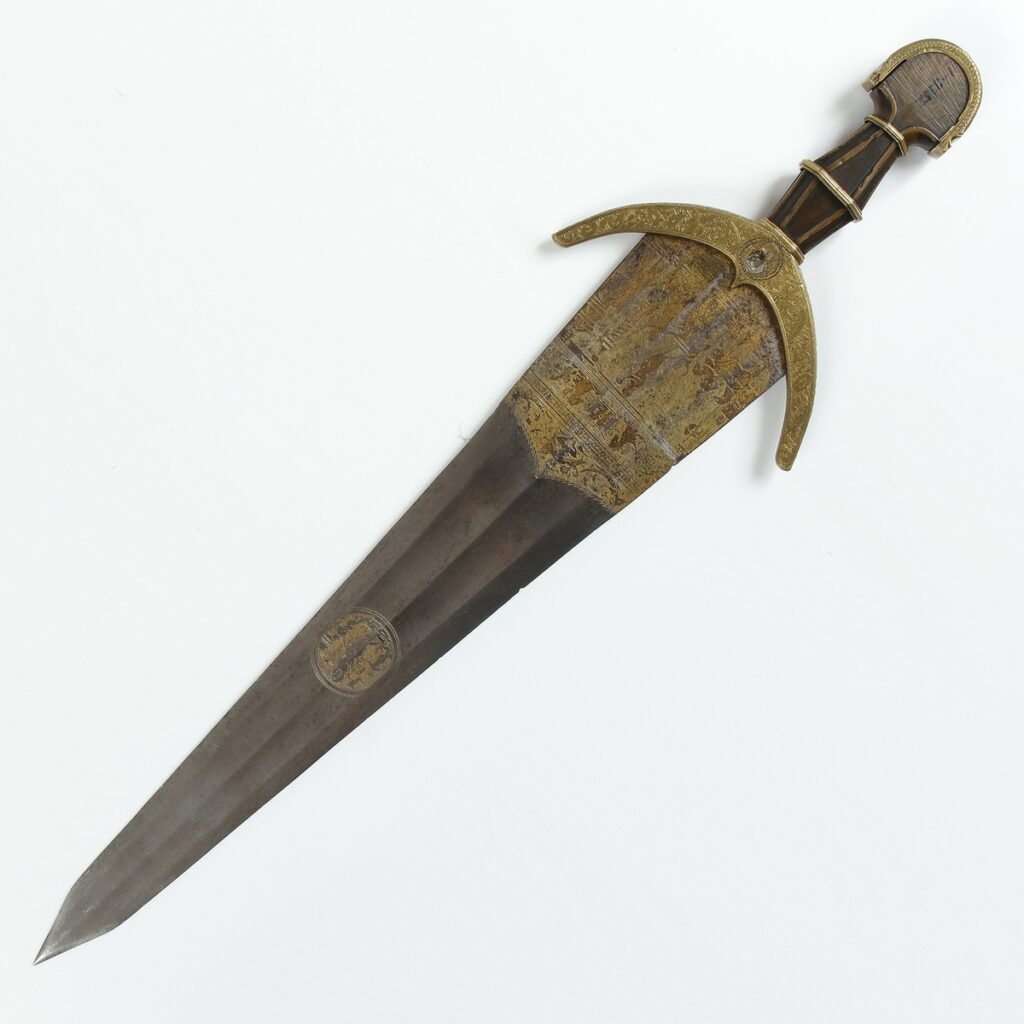
11 Cinquedea, Ferrara, c. 1490
Fotogalerie

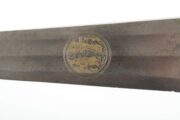
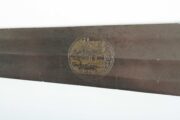
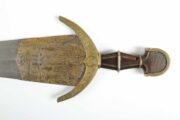
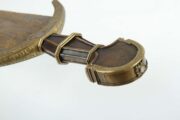
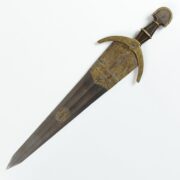
With the advent of the Renaissance in the second half of the 15th century, the cinquedea, a dagger imitating the shape of the ancient Roman weapon Parazonium, was developed in northern Italy. It appeared during festivities held at the courts of the northern Italian nobles and its origin, specific shape and rich decoration distinguished it from all other contemporary weapons. The most characteristic feature of this weapon is its wide triangular blade. The entire length of the blade was grooved and the widest part was covered with engraved and gilded scenes from ancient or biblical history. It was named after the five-finger wide blade, in Italian cinque dita. Unlike other, mostly offensive daggers, the cinquedea was part of the ceremonial dress of Renaissance scholars. The leather scabbards of these weapons were decorated with moulded and carved decorations and were often fitted with a smaller sheath for storing a small personal dagger, the misericordia.
Length 656 mm, blade length 500 mm, blade width 94 mm, weight 918 g.
Aktuálně
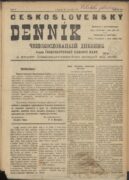
Československý deník sehrál v životě legionářů v Rusku velmi důležitou roli. Poprvé vyšel v prosinci 1917

Děkujeme za podporu pro válečné veterány. Sbírka DiGiMÁK vynesla 450 tisíc korun

Tak trochu zamrzlé spojení

Válečný veterán Petr Matouš pokřtil v Armádním muzeu Žižkov svou knihu. Patronkou je i ministryně obrany Jana Černochová








